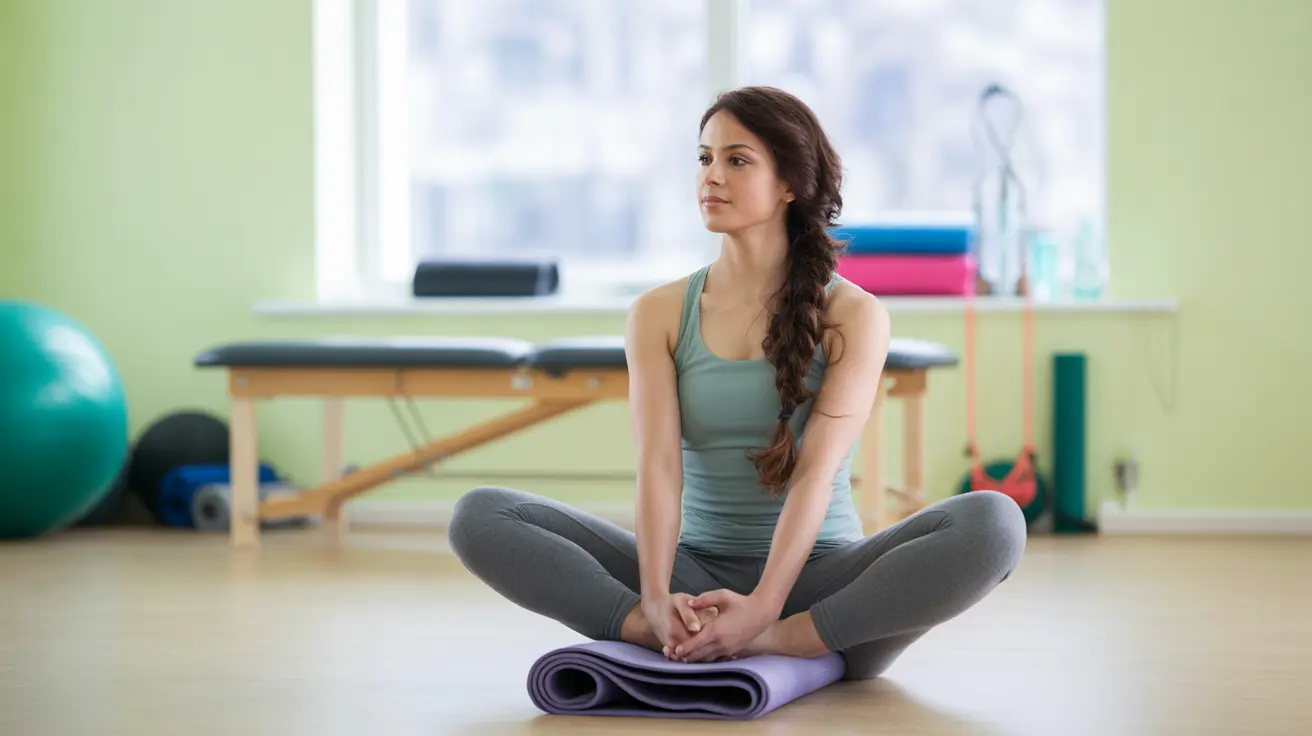Living with scoliosis can be challenging, especially when it comes to managing the associated pain. This curved deviation of the spine doesn't just affect posture – it can lead to significant discomfort that impacts daily life. Understanding the causes of scoliosis pain and learning effective management strategies is crucial for maintaining quality of life.
Whether you're dealing with mild discomfort or chronic pain from scoliosis, there are various approaches to finding relief. This guide will explore the causes, treatment options, and lifestyle modifications that can help you better manage scoliosis-related pain.
Understanding Scoliosis Pain and Its Causes
Scoliosis pain typically occurs due to several factors related to the spine's irregular curvature. The uneven distribution of weight and pressure on the spine can lead to muscle strain, nerve compression, and inflammation. This misalignment often affects surrounding tissues and joints, contributing to various types of pain.
Common sources of scoliosis-related pain include:
- Muscle fatigue and strain
- Nerve compression
- Postural stress
- Joint inflammation
- Disc degeneration
- Reduced flexibility
Treatment Options for Scoliosis Pain
Medical Treatments
Professional medical interventions can provide significant relief from scoliosis pain. These may include:
- Pain management medications
- Steroid injections
- Physical therapy
- Chiropractic care
- Bracing (in specific cases)
- Surgical intervention (for severe cases)
Natural Pain Relief Methods
Several non-invasive approaches can help manage scoliosis pain effectively:
- Heat and cold therapy
- Gentle stretching exercises
- Massage therapy
- Acupuncture
- Anti-inflammatory supplements
- Posture correction techniques
Exercise and Physical Therapy
Regular exercise and physical therapy play crucial roles in managing scoliosis pain. These activities help strengthen core muscles, improve flexibility, and maintain better posture. Working with a qualified physical therapist can ensure exercises are performed correctly and safely.
Recommended Exercises
The following exercises, when approved by healthcare providers, can be beneficial:
- Core strengthening exercises
- Gentle yoga poses
- Swimming
- Pelvic tilts
- Cat-cow stretches
- Bird-dog poses
Daily Habits and Lifestyle Changes
Making certain lifestyle modifications can significantly impact scoliosis pain management:
- Maintaining good posture during daily activities
- Using ergonomic furniture and supports
- Getting adequate rest
- Maintaining a healthy weight
- Avoiding activities that exacerbate pain
- Regular stretching throughout the day
When to Seek Medical Help
It's important to know when to consult healthcare professionals about scoliosis pain. Seek medical attention if you experience:
- Severe or worsening pain
- New or unusual symptoms
- Pain that interferes with daily activities
- Numbness or tingling
- Difficulty breathing
- Loss of balance or coordination
Frequently Asked Questions
What are the main causes of scoliosis pain and why does it happen?
Scoliosis pain primarily occurs due to the abnormal curvature of the spine, which creates uneven pressure distribution and muscle strain. This misalignment can lead to nerve compression, muscle fatigue, and inflammation in surrounding tissues, resulting in various types of pain.
What are the best treatments and home remedies to relieve back pain from scoliosis?
The most effective treatments include a combination of medical interventions and home remedies such as physical therapy, pain management medications, heat/cold therapy, gentle exercises, and proper posture maintenance. The specific treatment plan should be tailored to individual needs and severity of the condition.
How can exercises and physical therapy help manage scoliosis pain and improve mobility?
Exercise and physical therapy strengthen core muscles, improve flexibility, and enhance posture. These interventions help distribute spine pressure more evenly, reduce muscle strain, and increase overall mobility. Working with a physical therapist ensures exercises are performed correctly for maximum benefit.
When should someone with scoliosis pain see a doctor or consider further medical intervention?
Medical attention should be sought when pain becomes severe, new symptoms develop, daily activities are significantly impacted, or if there's numbness, tingling, breathing difficulties, or balance problems. Regular check-ups are also important for monitoring the condition's progression.
What lifestyle changes and daily habits can help prevent or reduce scoliosis pain?
Key lifestyle modifications include maintaining good posture, using ergonomic furniture, regular exercise, proper sleep habits, weight management, and avoiding activities that worsen pain. Consistent stretching and core-strengthening exercises can also help manage pain levels effectively.




